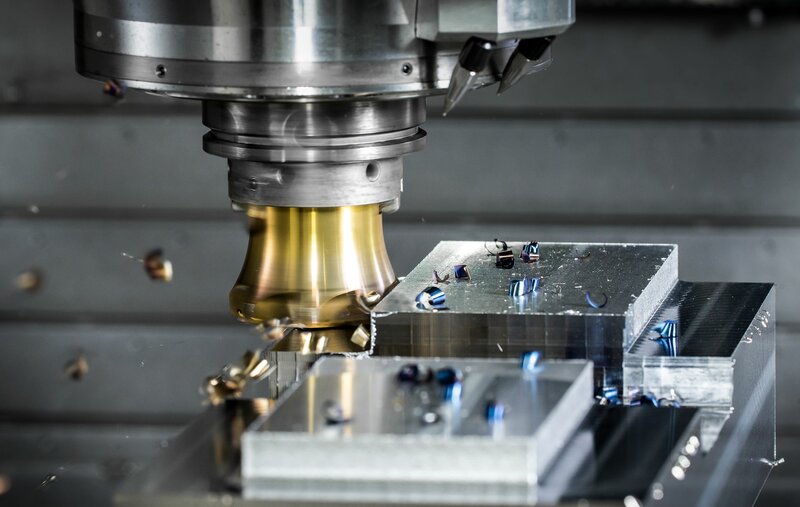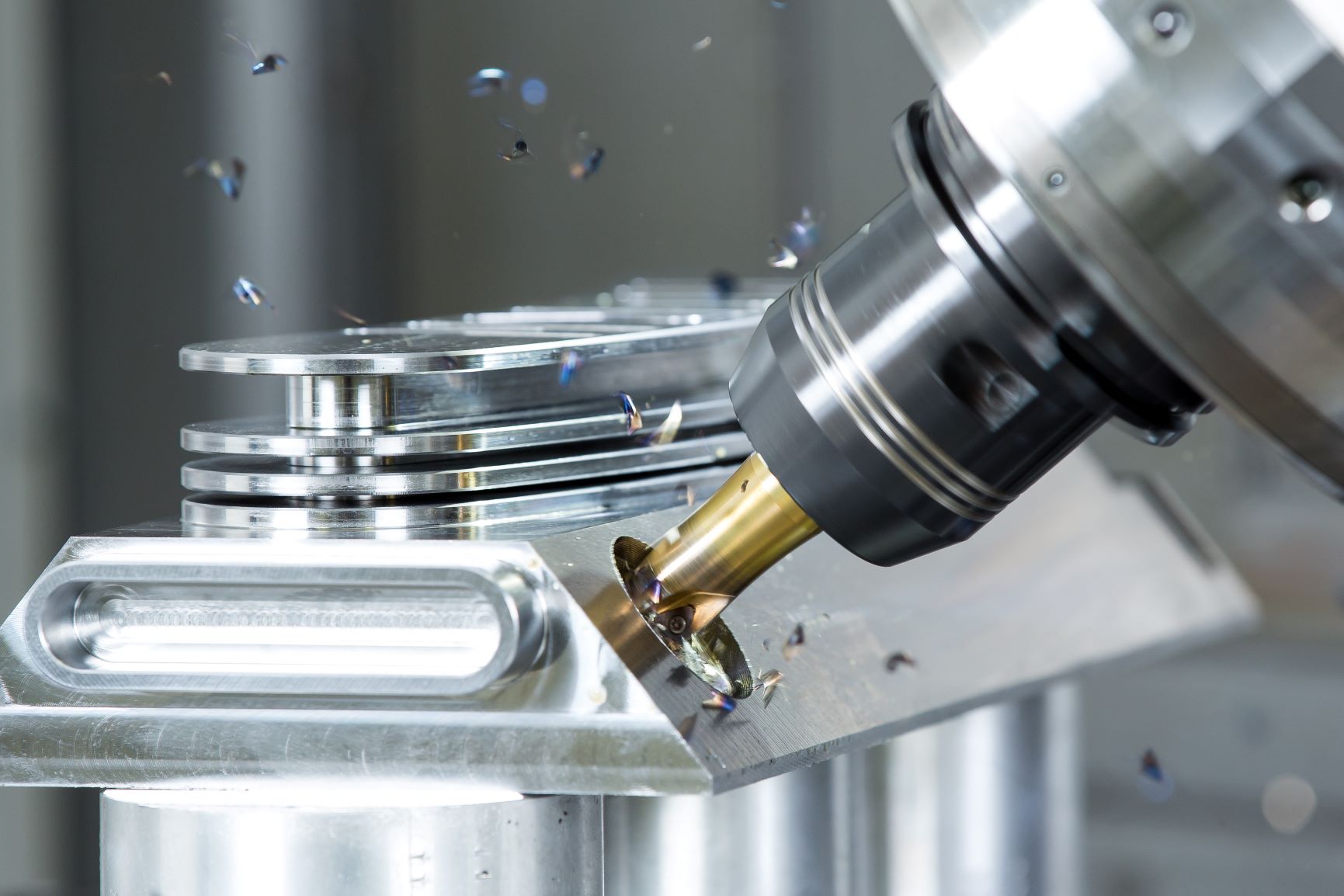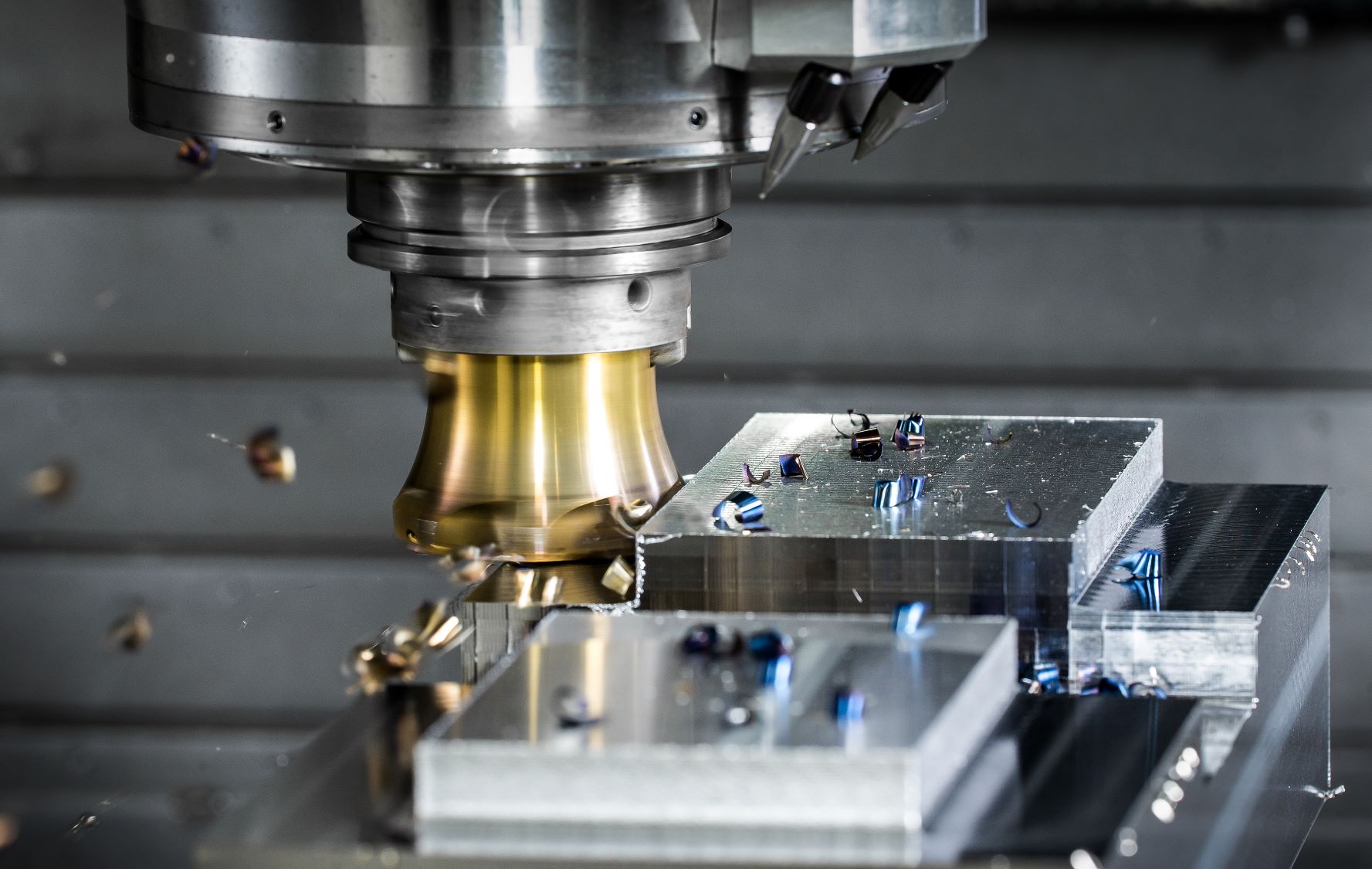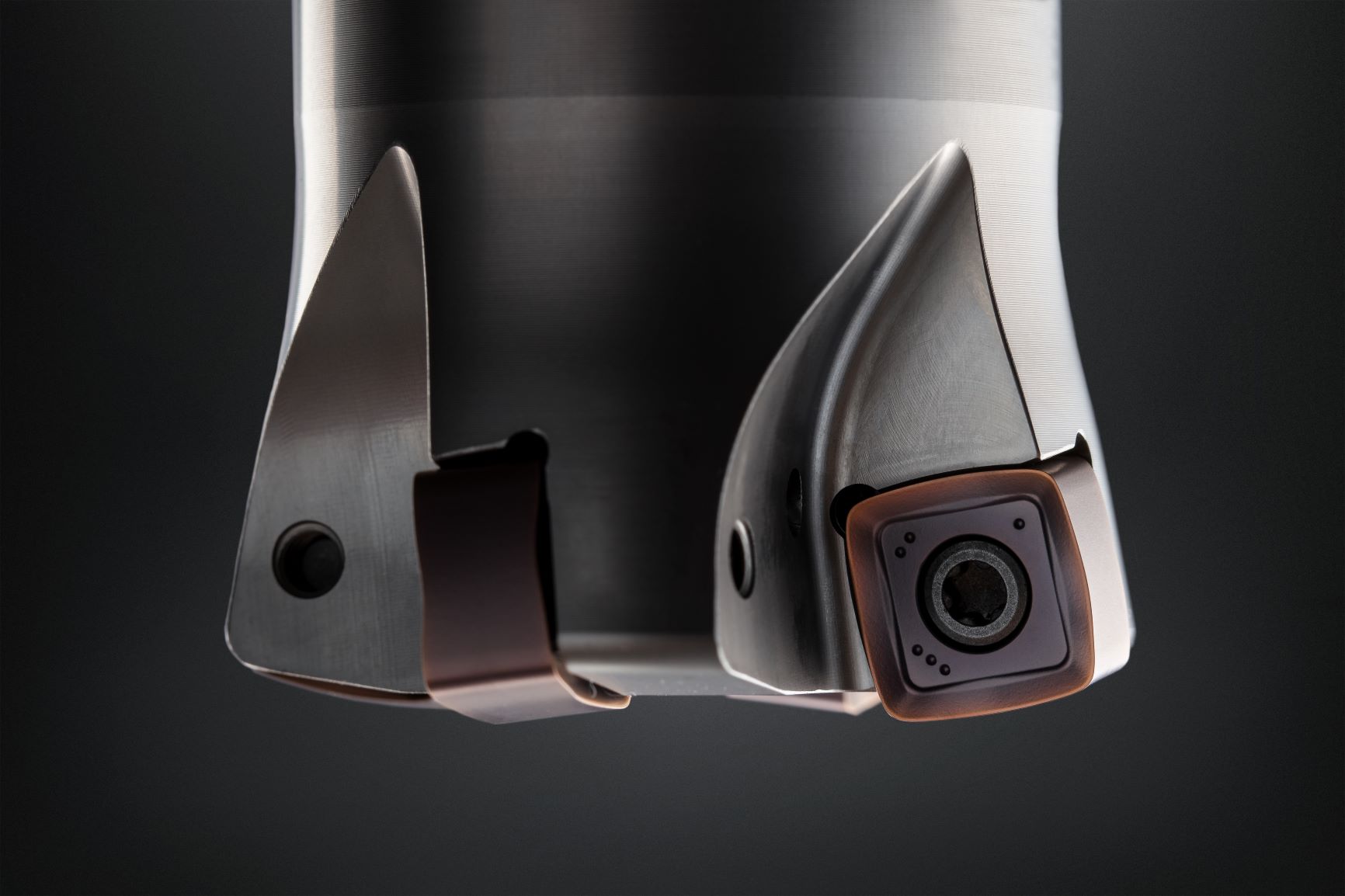Mastering processes: High feed milling
Tool systems manufactured by Paul Horn GmbH offer users the ability to design machining processes for high productivity and cost efficiency. Especially in tool and mould making, high feed milling can be used economically and productively. High performance milling is not only defined by high infeeds, but in high feed milling also by small infeeds coupled with high traverse speed of the cutter.
Machining applications have changed and challenges have become more complex and demanding. Shorter product life cycles and reduced development times dictate that several different components must be produced on one machine in shorter cycle times. For the tool manufacturer, this requires designing tool systems for the different applications. It means, for example, that a tool may not only be used for corner milling, but should also have the optional ability to plunge cut. Another aspect is modern machine dynamics. The acceleration and deceleration of the axes as well as their synchronisation have been significantly optimised. For relatively new technologies such as trochoidal and high feed milling, tool systems must be able to withstand the high dynamic loads.
Low infeed - high metal removal rate
A few years ago, Horn introduced a system for high feed milling - DAH cutters for face milling. Due to the load being in the axial direction, the tool and spindle mainly experience compressive force and the shear forces are relatively low. Due to their low tendency to vibrate, the tools are able to withstand the high loads typically generated by a feed per tooth of fz = 1 mm at cutting depths ap up to 1.2 mm. The large radius on the main cutting edge of the three-edged inserts creates a soft cut, ensuring an even distribution of the cutting forces and long tool life. On the inside, a small cutting edge radius ensures trouble-free and fast plunging. A primary and secondary clearance angle leads to a stable wedge angle and very good cutting edge stability. Due to significantly higher feed rates compared with conventional milling, metal removal rate in high feed milling is significantly increased, despite the lower infeed depths.



